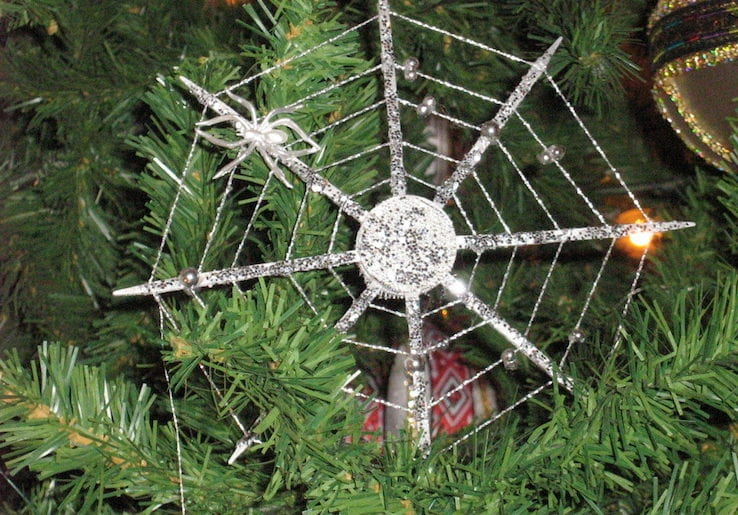
What does Christmas mean to you? This holiday is celebrated all over the world. For some, it’s all about the brightly lit streets and crowded stores, with people all looking for presents to share with their loved ones, but for others the holiday can be more about tradition or spiritual guidance. The interesting part is that the commonality is family, gift-giving, and myth.
Here are six Christmas customs from around the world:
Japan
In Japan, Christmas is not a national holiday, but it is still celebrated by many people in the country. There is no Santa Claus. Instead there is Santa Kurohsu. Santa Kurohsu takes after a Buddhist monk in Japanese culture, who would travel to peoples homes to leave gifts and was said to have eyes at the back of his head to observe if children were being naughty. Strangely, the Japanese tend to eat a lot of KFC during the week of Christmas, thanks to clever marketing dating back to the eighties. Their unofficial ‘Christmas cake’ is strawberry shortcake.
Norway
Christmas in Norway is known as Jul and is celebrated on Dec 25. However, the gift-giving is done on Christmas eve. One of the most interesting customs is that all brooms are hidden on Christmas eve. This way, it can’t be stolen for use by evil spirits or witches.
Venezuela
Residents in Caracas, the capital of Venezuela, adore Christmas. Venezuela is a predominantly a Catholic country so going to mass on Christmas is necessary, but it’s just the method of getting there that’s odd. Residents in Caracas can be seen roller-blading to church mass in the earl morning hours, and it’s so popular that the roads are often cleared of traffic and a special path is provided. Venezuelan’s celebrate Nochebuena, which is seen as the night before Christmas, where families exchange gifts and eat a full christmas dinner.
Italy
Christmas celebrations start eight days before Christmas in Italy, with many families headed to mass. Families offer special Novenas (prayers) and typically gather on Christmas Eve for a midnight celebration. On Christmas eve, no meat is eaten with the exception of a light seafood dish. More importantly, in Italian tradition, children await Befana, a friendly witch that travels to children’s homes to fill their stocking with gifs. This night is known as Epiphany or feast of the Three Kings, which is celebrated 12 days after Christmas, on Jan. 6.
Czech Republic
One of the most interesting Christmas traditions is reserved for single or unmarried women. An unmarried woman must stand with her back facing an open door and throw a shoe over her shoulder. If the front of the shoe lands facing the door, she is to wed within the next 12 months. It also signifies possible love in the new year. In the Czech Republic and other European countries, they also celebrate St Nicholas Day, on Dec. 5, where children wait for St Nicholas to arrive with angels and with devils. The devil might give you a lump of coal while an angel will give you sweets or fruit once a child sings a song or recites a poem for St Nicholas.
Ukraine
The Christmas trees tend to look a lot different in Ukraine, as they are often decorated with artificial spiders and webbing. Instead of the colourful balls and happy tinsel, the tree might look like a scene out of a Halloween tell. However, the story behind this Ukrainian Christmas tradition is rather fascinating. As the tale goes —an old woman was once unable to afford decorations for her tree, but when she woke on Christmas morning, she instead found a spider, who decorated the tree with it’s shimmering web.
Do you have a Christmas tradition or custom you know about? Comment below
